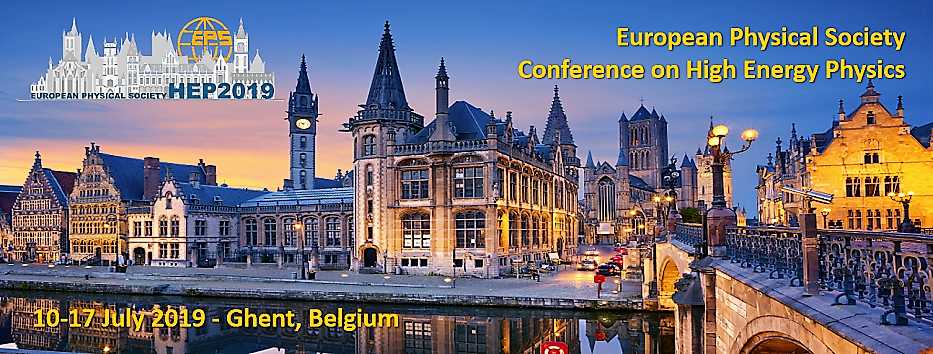Speaker
Description
A liquid scintillator containing a tetrakis (isopropyl acetoacetato) zirconium (Zr(iPrac)$_{4}$) has been developed for new experiment of neutrinoless double beta decay (0$\nu\beta\beta$) search using $^{96}$Zr isotope. The liquid scintillator has 10wt.\% concentration of Zr(iPrac)$_{4}$, which corresponds to 1.4wt.% of natural zirconium, a light yield of $48.7 \pm 7.1$% for BC505, and an energy resolution of $2.6 \pm 0.5$% at 3.35MeV assuming 64% photo coverage of the photomultiplier.
In order to investigate a half-life of 0$\nu\beta\beta$ over 10$^{27}$ years, which corresponds to neutrino mass less than 0.01eV/c$^{2}$, we have to use tons scale of $^{96}$Zr isotope. At present, we are planning to construct a spherical detector similar to KamLAND-Zen, however we have to reduce 95\% of backgrounds from $^{208}$Tl decay which should be adhere on the surface of inner balloon as observed by KamLAND-Zen.
For this purpose, we have developed new technique to use Cherenkov light in order to reduce those backgrounds using the topology of location for photomultipliers received Cherenkov light, and have obtained the results of Monte Carlo simulation that 93% of $^{208}$Tl decay events could be reduced with 78% efficiency for 0$\nu\beta\beta$ events using the topological information. In this points of view, we have to use the pulse shape for the discrimination to extract Cherenkov lights, and have to demonstrate the topological information using actual low energy electrons.
Here we will report recent developments and the prototype ZICOS detector, which is approved by JSPS, to demonstrate the topological information.
